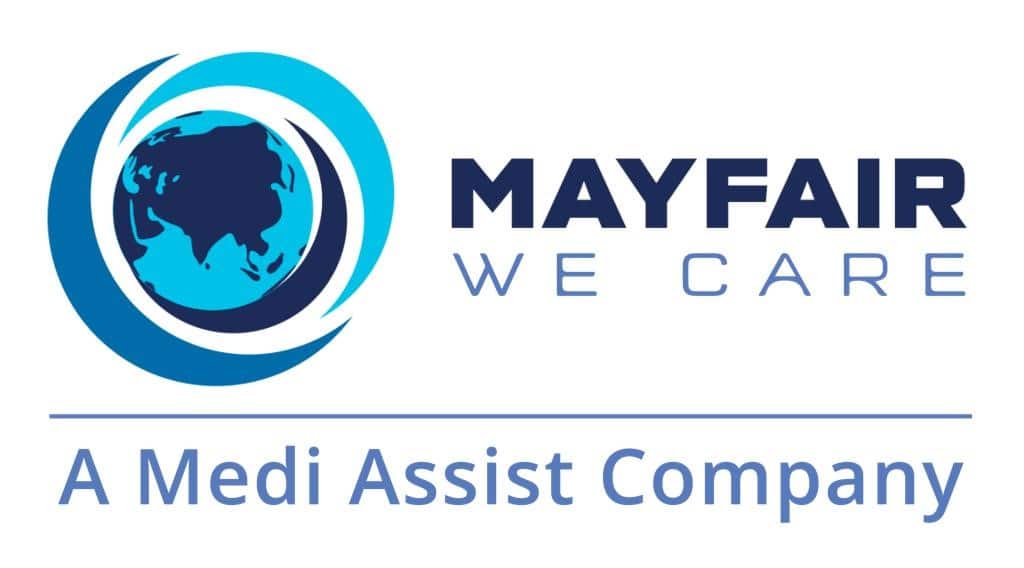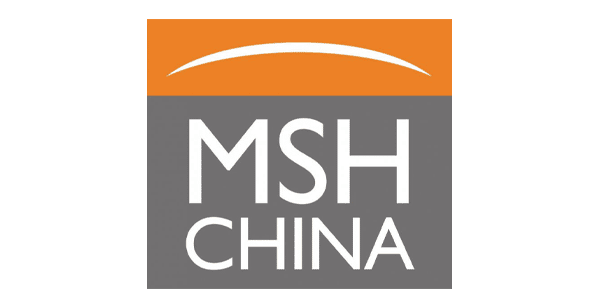What are growing pains?
Recurrent limb pains in children of a self-limiting nature are often called growing pains. Growing pains are benign and often resolve after 1-2 years. They should, however, be distinguished from other important causes of limb pain that require definitive treatment.
When do they occur?
Growing pains usually occur in children between 2 and 12 years, with peaks around ages 3-5 years (pre-school) and 8-12 years (school age), symptoms cease by their teens. They are slightly more common in girls and occur in approximately 15 percent of all children. The actual cause of growing pains is not known, and despite the misnomer; is not related to growth at all. Pain does not occur at the sites of bone growth, does not happen at times of rapid growth, and does not hinder the growth of affected children. A suspected cause is that of local overuse of the affected limbs – possibly related to running, jumping and climbing, as symptoms tend to be worse after intense activity in active children.
Where is the pain?
Growing pains usually involve both legs, with pain located deep in the muscles of the calves, front of the thighs and back of the knees. It should not involve the joint or bones. Pain in the arms occurs only together with leg pains. Pain is often cramping and intermittent in nature, and can be bad enough to make children cry. It happens primarily in the evening and at night and can interrupt sleep, but will usually resolve by morning. Normal daytime activity is maintained throughout and symptom-free periods of days or weeks do occur between intermittent episodes. Episodes will occur at least monthly for at least 3 months. Children with growing pains will continue to play and run normally during the day. It is useful to determine if episodes are related in time to activities or events that the child dislikes or wishes to avoid, as “secondary gain” can sometimes contribute to the severity of pain perceived.
What should I do if my child complains of pain?
Your doctor can usually make a firm diagnosis of growing pains based on a good history and a normal physical examination. Very often, X-rays and blood tests are not needed but may be ordered if the history or clinical picture is not typical of growing pains. This is to exclude more serious conditions that require further evaluation and therapy e.g. stress fractures, bone tumors, leukaemia, bone or joint infections and juvenile arthritis. Signs that your child may not simply have growing pains include unexplained fever, weight loss, limping and limitation of activities. Persistent pain in only one limb or pain associated with joint swelling or restriction of movements will need more detailed investigating.
Management of growing pains involves reassurance (children will outgrow them!), but also recognition of the real nature of pain and its effect on the child’s daily functioning. Parents and children properly educated on the nature and course of growing pains can be spared unnecessary fears and suffering during symptomatic periods. Relief of pain when it happens can be achieved by muscle massage, heat in the form of hot water bottles and use of painkillers. Acetaminophen and Ibuprofen are generally effective when used in appropriate doses. Aspirin is best avoided in children due to the risks of Reye’s syndrome. Once a diagnosis of growing pains is established, use of preventative doses of analgesics can be helpful in children who have regular painful episodes more than three times a week. For example, Ibuprofen can be given on evenings after an active day of sports or gym practice, in anticipation of discomfort occurring that same night. Stretching exercises for muscles both before and after physical activity will also help.
In summary, growing pains are a common occurrence amongst school age children. It has a benign nature and usually resolves spontaneously once adolescence is reached. Treatment is targeted at relief and prevention of symptoms, and also education and reassurance of the children and families affected.




































